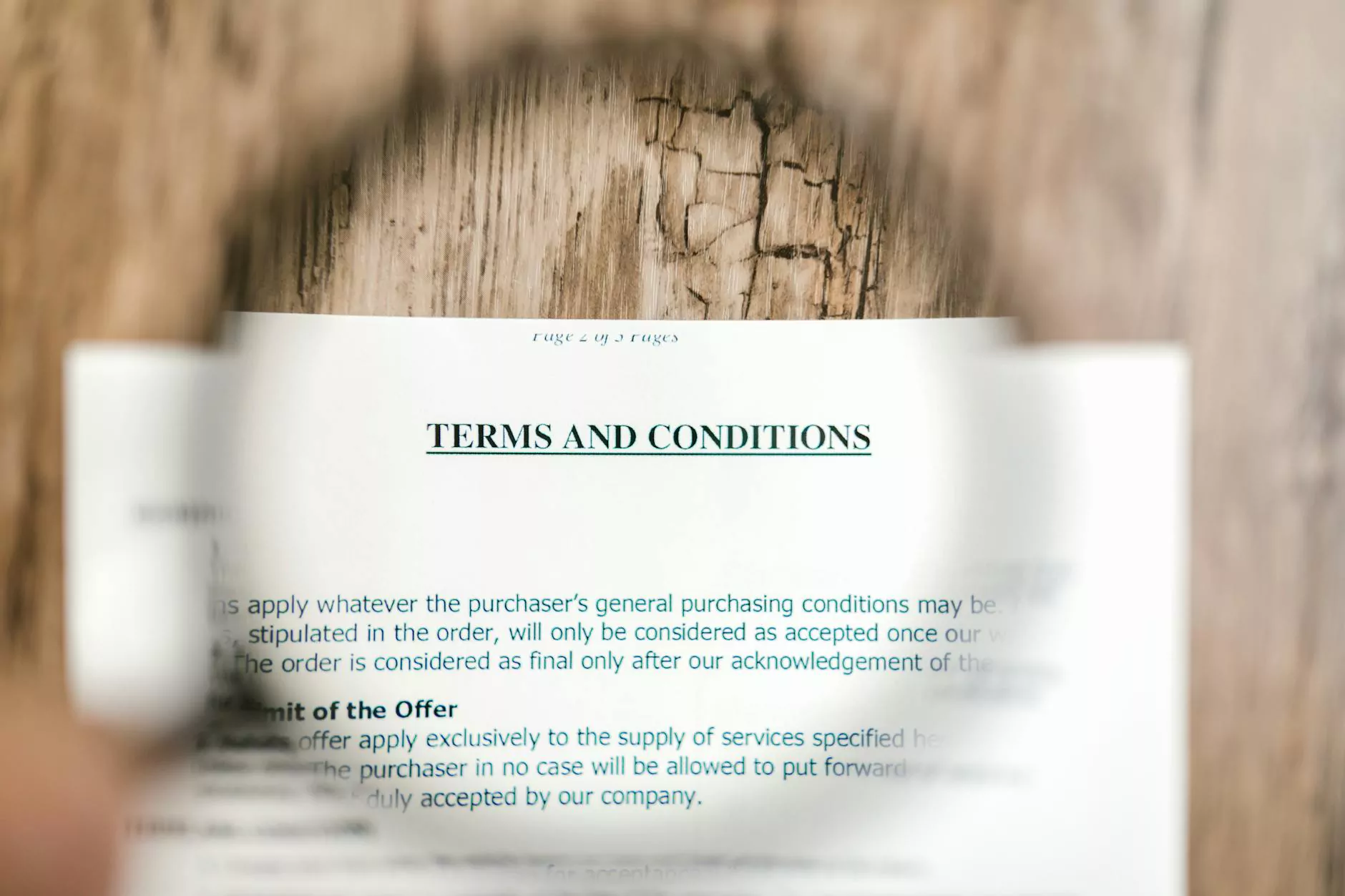What Is The Last Clear Chance Doctrine?

Introduction
Welcome to Baytowne Reporting's comprehensive guide on the Last Clear Chance Doctrine. In this article, we will explore the concept, its application in personal injury cases, and how it can impact liability. Understanding this doctrine is essential for both individuals involved in accidents and legal professionals handling such cases.
Definition
The Last Clear Chance Doctrine is a legal principle that can come into play in personal injury cases where the injured party may also be partially responsible for the accident. This doctrine places an obligation on the defendant to have taken the "last clear chance" to avoid the accident or injury, even if the plaintiff had a prior opportunity to escape the harm. In simpler terms, it places the burden of responsibility on the defendant, granting the plaintiff a potential avenue for compensation.
Application
In personal injury cases, the Last Clear Chance Doctrine is commonly relevant in situations where both parties had a chance to prevent the accident, but the defendant had the final opportunity to avoid the collision or injury. It shifts the responsibility to the defendant, even if the plaintiff contributed to the circumstances leading to the accident. The doctrine assumes that the defendant, being aware of the danger, failed to take appropriate action to prevent harm.
Elements of the Last Clear Chance Doctrine
To successfully establish the applicability of the Last Clear Chance Doctrine, certain key elements must be satisfied:
- Duty of Care: The defendant must have had a legal duty of care towards the plaintiff.
- Perceived Danger: The defendant must have had actual knowledge or should have known about the potential danger or harm to the plaintiff.
- Inability to Avoid Harm: Even though the plaintiff may have placed themselves in a precarious situation, they must have faced an inability to avoid the harm due to circumstances beyond their control.
- Opportunity for the Defendant: The defendant must have had a reasonable last chance to avoid the accident or injury but failed to do so.
- Causation: The defendant's failure to act must be the direct cause of the plaintiff's injuries or damages.
Implications in Personal Injury Cases
When the Last Clear Chance Doctrine is successfully applied, the plaintiff may be entitled to compensation even if they were partially responsible for the accident. It can significantly impact the overall liability determination and the allocation of damages. By placing the burden on the defendant to have taken the last clear chance to prevent the incident, it provides a potential avenue for justice.
Consult Baytowne Reporting for Expert Legal Guidance
Understanding the Last Clear Chance Doctrine and its implications is crucial in personal injury cases. If you have been involved in an accident and believe that the doctrine may apply, it is advisable to seek professional legal guidance. Baytowne Reporting, a leading provider of court reporting services, can connect you with reliable legal professionals experienced in personal injury law. Contact us today to ensure you have the proper support and guidance you need for your case.
Conclusion
We hope this guide has provided you with a comprehensive understanding of the Last Clear Chance Doctrine. Remember, each personal injury case is unique, and it is always recommended to consult with legal professionals to determine the applicability of this doctrine in your specific situation. Trust Baytowne Reporting to assist you in your quest for justice and fair compensation in personal injury cases.



